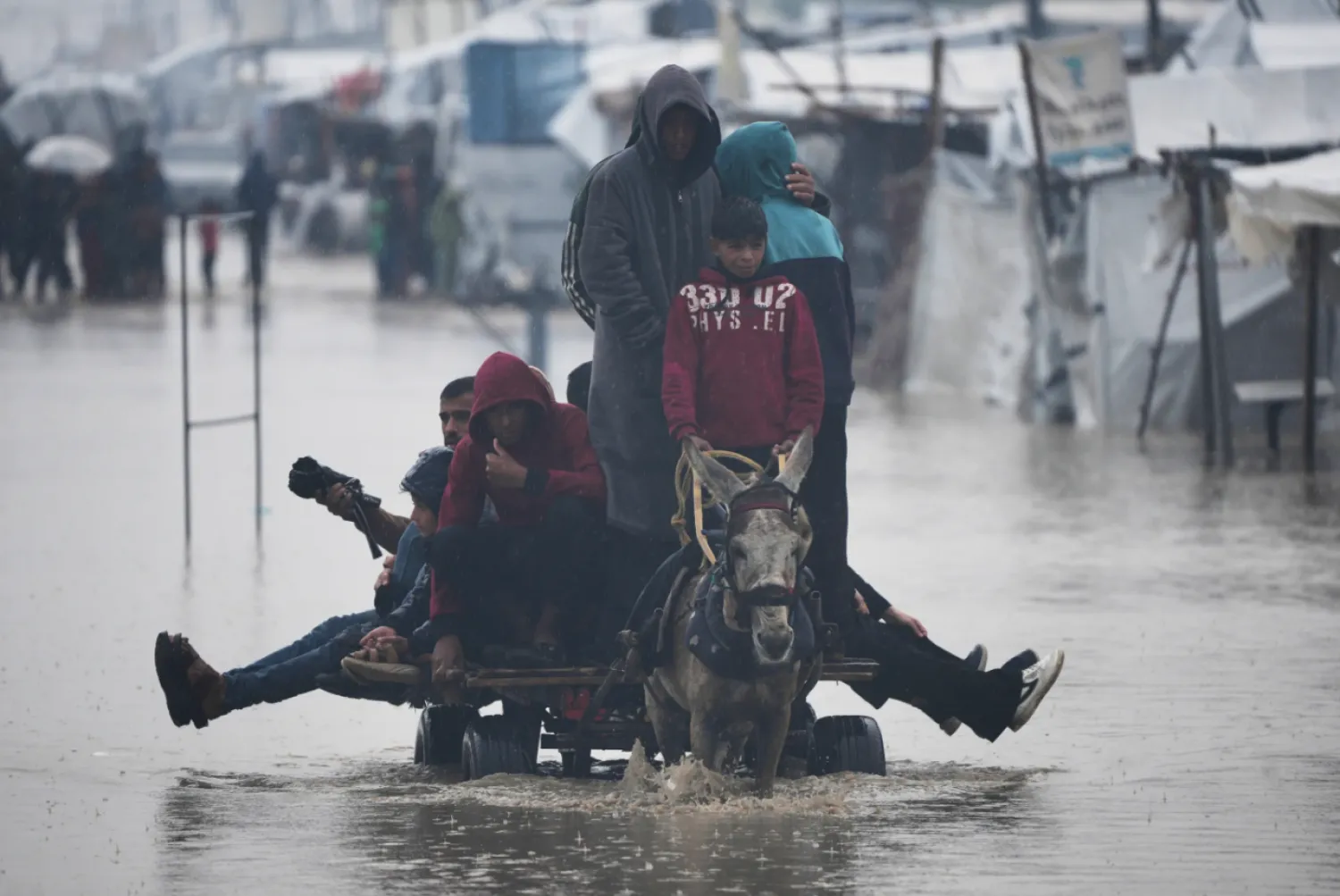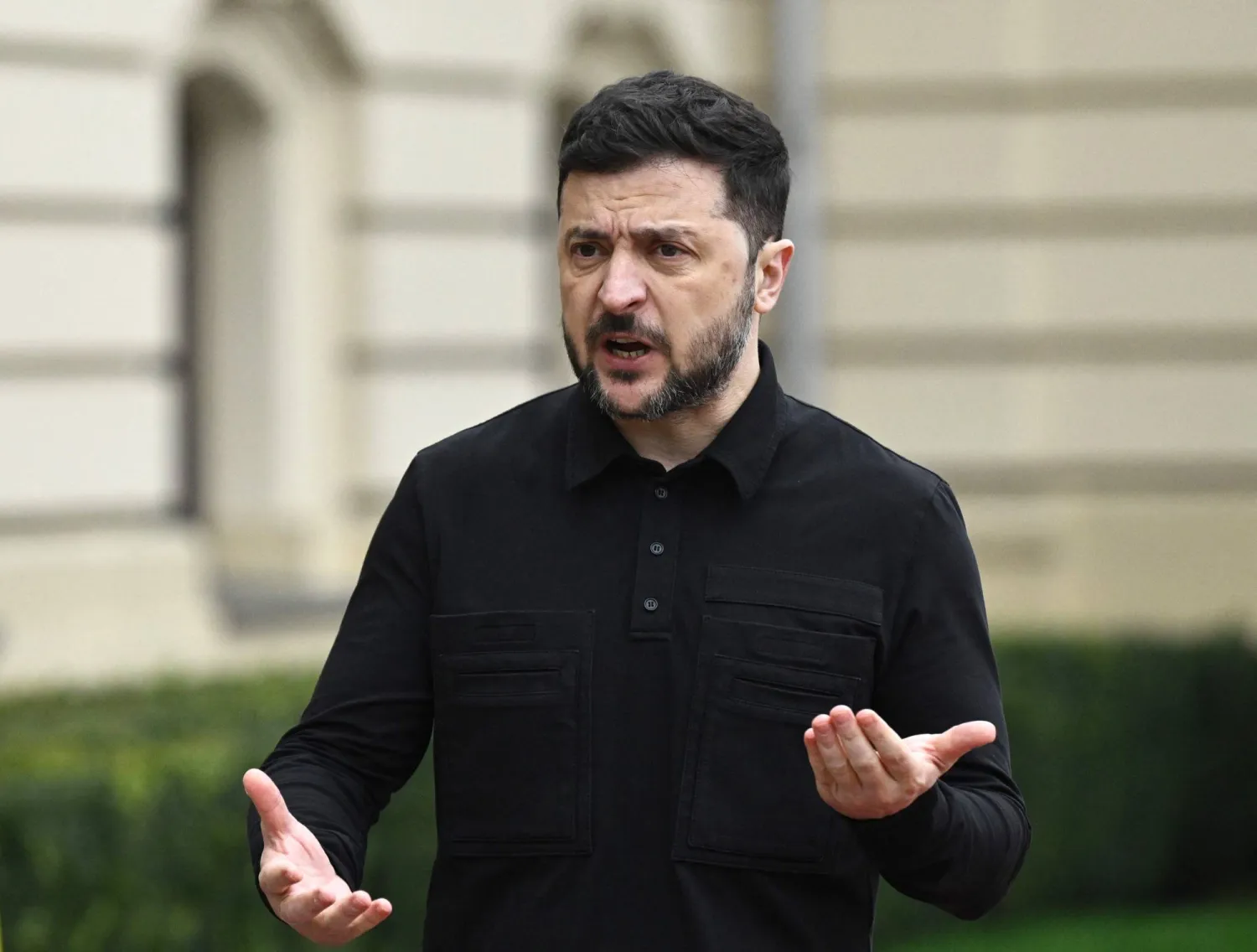The restoration of relics is very much like human surgery; it requires high levels of concentration, it’s nerve-wracking, and culminates in joy after the operation is successfully carried out.
A team of experts went through those three stages while restoring the internationally-renowned writer Naguib Mahfouz’s coat. They were able to conduct the first phase of what they described as an “urgent” operation to halt the spoilage of the coat while preserving it pending another operation that will be carried out shortly after museums reopen.
After communications between the Cultural Development Department in the Ministry of Culture which runs the Naguib Mahfouz Museum and the Ministry of Tourism and Antiquities, the Department of Restoration at the Egyptian Textile Museum was chosen to restore the coat, considering that it is the first museum with that kind of expertise in the Middle East and has a team of experts in dealing with textiles at the museum that dates back to the Pharaonic era. According to Dr. Ashraf Abu al-Yazid, director of the Egyptian Textile Museum, despite being closed to visitors and the hazards of working in these kinds of atmospheres, the restoration team nevertheless decided to head to the Naguib Mahfouz Museum in Tekkeyet Abul-Dahab.
Speaking to Asharq Al-Awsat Al-Yazid said: “The restoration team members at the museum realized the dangers of leaving the coat untreated and the urgent need to act, so they decided to carry out the mission despite the risks of moving and working during the pandemic. The fact that it was the literature Nobel laureate’s coat made them all the more enthusiastic and determined”.
Rasha Chahine, Director of the Department of Restoration at the museum, who leads the team, also told Asharq Al-Awsat that: “Upon inspection, it was confirmed that the coat was infested with moths that had eaten away a small part of the wool. Also, some stains were the result of a salty substance from sweat, as the coat has not been washed since Naguib Mahfouz last wore it. We treated the moth infestation with special chemicals that completely eradicated them and protected it from further infestation. We treated its many types of fabrics with chemicals and coated it with a preservative until we can treat the part of the wool that was spoiled”.
The coat was never displayed before an audience. After being given as a gift to the museum by Hoda, Mahfouz’s daughter, it was transferred from the storage room as part of a new collection of Mahfouz’s personal belongings that formed the nucleus around which the museum was opened in July 2019.
According to Hoda, the coat was a gift from Naguib’s wife.
She told Asharq Al-Awsat:“The coat was a gift from my mother. She had given my sister money to buy it while she was abroad. There was no special occasion for the gift but my father would wear it every winter until he passed away.”









